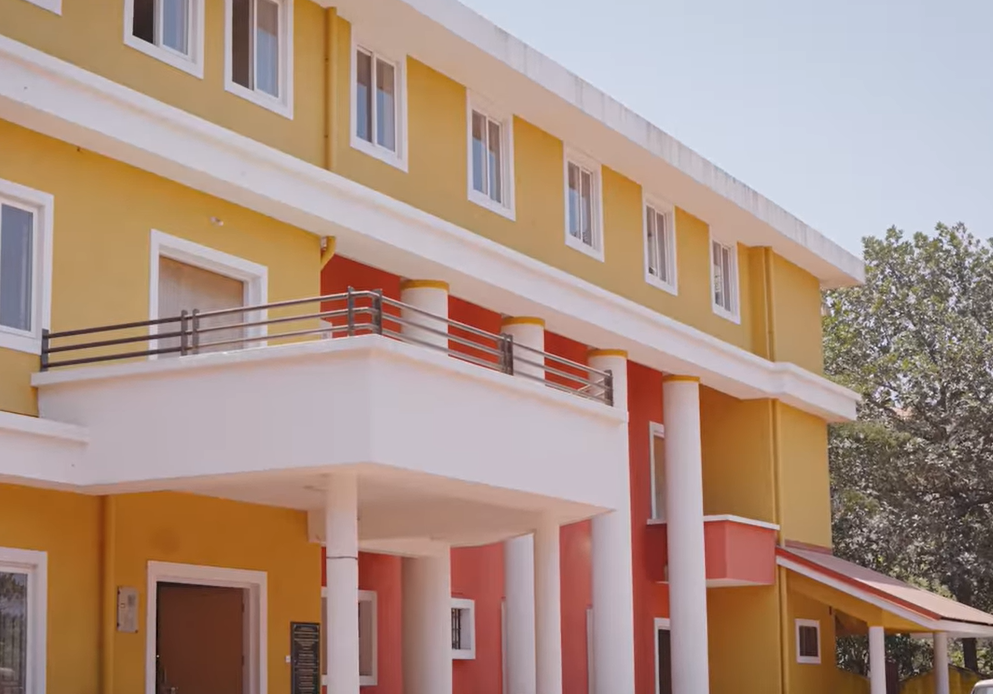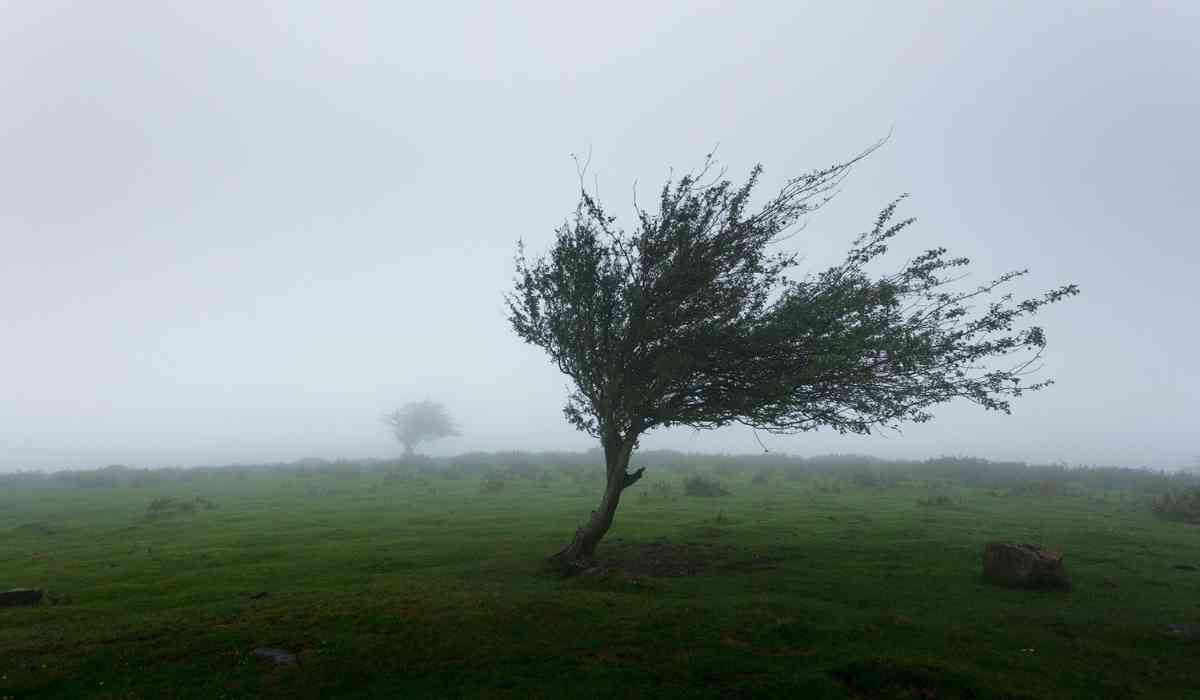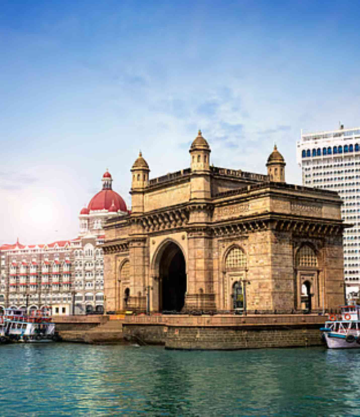The Goa government has constructed 11 multipurpose cyclone shelters across the state to ensure the safety of its residents during natural disasters. These shelters, funded by the National Disaster Management Authority through the World Bank, aim to strengthen the state's ability to withstand the impacts of climate change. According to Chief Minister Pramod Sawant, each cyclone shelter can accommodate up to 500 people during emergencies. Under the National Cyclone Risk Mitigation Project-II, a total of 11 shelters have been built across the state, with the water resources department overseeing the implementation of the project. These shelters are equipped with various amenities, including sleeping areas, toilets, and even a kitchen, enabling people to be accommodated for extended periods, such as one month.

Image Source: Twitter
Sawant highlighted that these multipurpose cyclone shelters serve not only as safe havens during natural calamities but also as community spaces for educational and social activities. This design encourages community engagement and preparedness, enhancing the overall resilience of the population. According to Sawant, there is a well-established system in place in Panaji, whereby activating a siren will trigger the sirens of all cyclone shelters in the state. This system ensures the prompt activation of disaster management teams that have received comprehensive training to handle emergencies effectively.
The Chief Minister emphasized that the Goa government is actively establishing a strong safety infrastructure in the state, enhancing its readiness to provide a safe haven for its residents during times of emergency. The project's objective is to achieve its mission through various measures, ensuring that the structures along the coastal area are resilient in the face of disasters. These include implementing an early warning and communication system to improve connectivity, constructing and maintaining sustainable multipurpose cyclone shelters (MPCSs), enhancing access and evacuation routes to existing MPCSs and habitations by building roads and bridges, constructing coastal embankments in selected areas for protection against storms, flooding, and storm surges in high-risk zones, as well as implementing underground cabling," stated an official. The official further highlighted that by constructing well-equipped shelters for public use, the state has achieved disaster preparedness for the next 50 years.
© Vygr Media Private Limited 2023. All Rights Reserved.






















